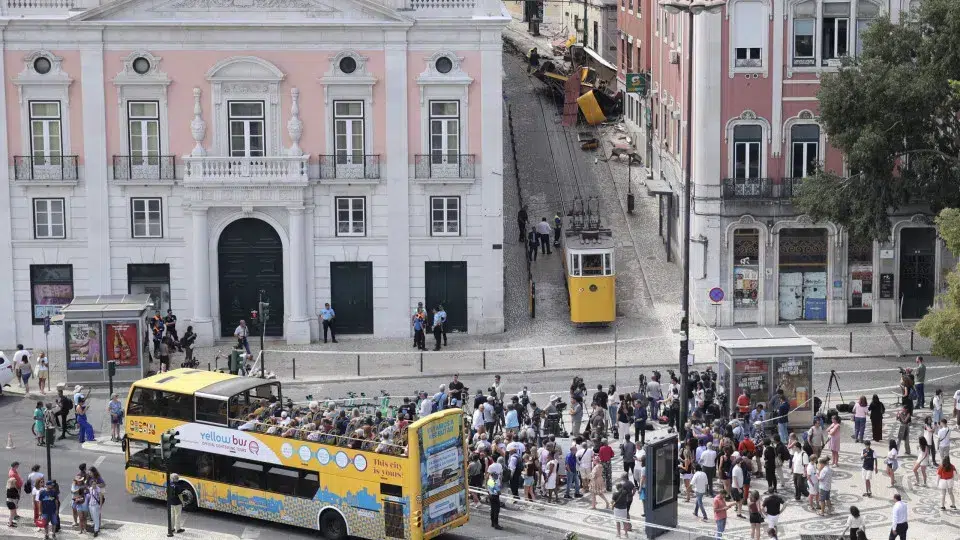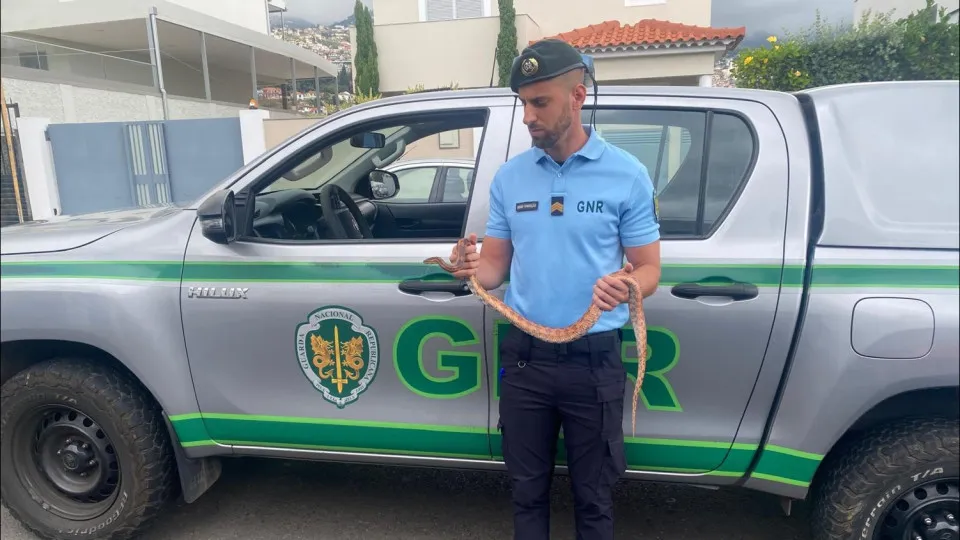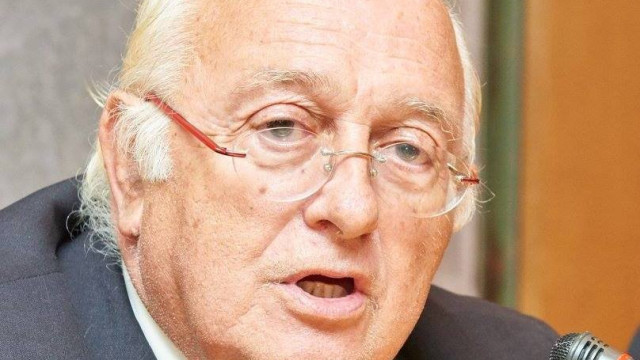
The legal representative of MNTC – Serviços Técnicos de Engenharia (MAIN) is set to be questioned as a witness by the Public Prosecutor’s Office in relation to the criminal investigation initiated following the elevator accident in Glória, Lisbon, on September 3, which resulted in 16 fatalities and nearly two dozen injuries involving both Portuguese and foreign nationals.
The inquiry is scheduled to begin at 09:30 at the Lisbon Public Prosecutor’s Office, located at the Justice Campus.
On Monday, the Office for the Prevention and Investigation of Aircraft and Rail Accidents (GPIAAF) released a preliminary report on the accident, highlighting maintenance deficiencies and omissions related to the elevator, as well as a lack of employee training and supervision of the service provider’s work.
Today, the president of the municipal company Carris, Pedro de Brito Bogas, tendered his resignation to the Mayor of Lisbon. This resignation extends to all other board members, as disclosed by the municipality.
In a statement, the Lisbon City Council announced that Mayor Carlos Moedas (PSD) “understands and accepts the reasons given” for the resignation of Carris’ board of directors, “considering it crucial to appoint a new board, which will be presented in due course, for a new term.”
The preliminary report by GPIAAF details that the cable connecting the two cabins of the Glória elevator, which failed at its attachment point on the derailed carriage, did not meet Carris specifications and was not certified for passenger transportation.
“The use of cables that were multiple times non-compliant with specifications and usage restrictions was due to numerous accumulated failures in the acquisition, acceptance, and application processes by CCFL [Companhia Carris de Ferro de Lisboa], whose organizational controls were neither sufficient nor adequate to prevent and detect such failures,” the agency asserts.
The investigation notes that Carris, in purchasing cables for the Glória elevator, sent potential suppliers specifications for the Santa Justa elevator cables, which are different, failing to detect or explain the error.
According to GPIAAF, “for reasons Carris could not explain during the investigation, and lacking documentary evidence from consultations with suppliers, a specification from the Santa Justa elevator was adopted for the Glória and Lavra elevators, differing only in diameter,” as provided by the Electric Mode Maintenance Directorate (DME) of Carris.
This public body identified maintenance deficiencies and omissions concerning the elevator, noting a lack of employee training and supervision of the service provider’s tasks.
The GPIAAF mentions, for instance, that inspections scheduled for the day of the accident “are recorded as completed, although there is evidence they were not conducted during the stated timeframe in the corresponding record sheet.”
The preliminary report further indicates that elevators like those in Glória and Lavra, as well as Carris trams in Lisbon, are outside the oversight of the Institute for Mobility and Transport (IMT), being solely under the management’s inspection.
The GPIAAF recommends that Carris refrains from reactivating Lisbon’s elevators “without re-evaluation by a specialist entity,” and urges the IMT to implement an appropriate regulatory framework.




